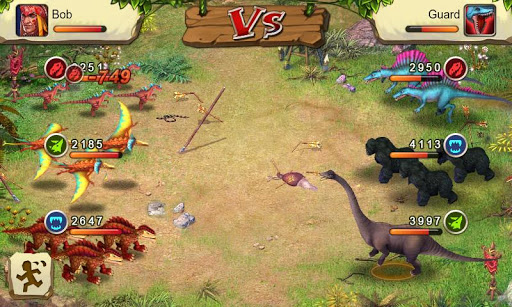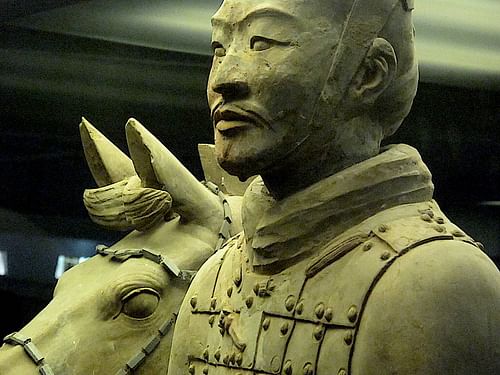


There is no archaeological evidence that suggests that women constituted a significant proportion of troops even amongst the federated troops of the late empire.

This estimate probably included only legionary and auxiliary troops of the Roman army. Historian Edward Gibbon estimated that the size of the Roman army "most probably formed a standing force of 3,750,000" men at the Empire's territorial peak in the time of the Roman Emperor Hadrian. For much of its history, the vast majority of Rome's forces were maintained at or beyond the limits of its territory, in order to either expand Rome's domain, or protect its existing borders.Īt its territorial height, the Roman Empire may have contained between 45 million and 120 million people. The equipment used by the military altered greatly in type over time, though there were very few technological improvements in weapons manufacture, in common with the rest of the classical world.

The makeup of the Roman military changed substantially over its history, from its early history as an unsalaried citizen militia to a later professional force. The military's campaign history stretched over 1300 years and saw Roman armies campaigning as far East as Parthia (modern-day Iran), as far south as Africa (modern-day Tunisia) and Aegyptus (modern-day Egypt) and as far north as Britannia (modern-day England, Scotland, and Northeast Wales). For a large part of Rome's history, the Roman state existed as an entity almost solely to support and finance the Roman military. Josephus describes the Roman people being as if they were "born ready armed." and the Romans were for long periods prepared to engage in almost continuous warfare, absorbing massive losses. The Roman military was intertwined with the Roman state much more closely than in a modern European nation.


 0 kommentar(er)
0 kommentar(er)
